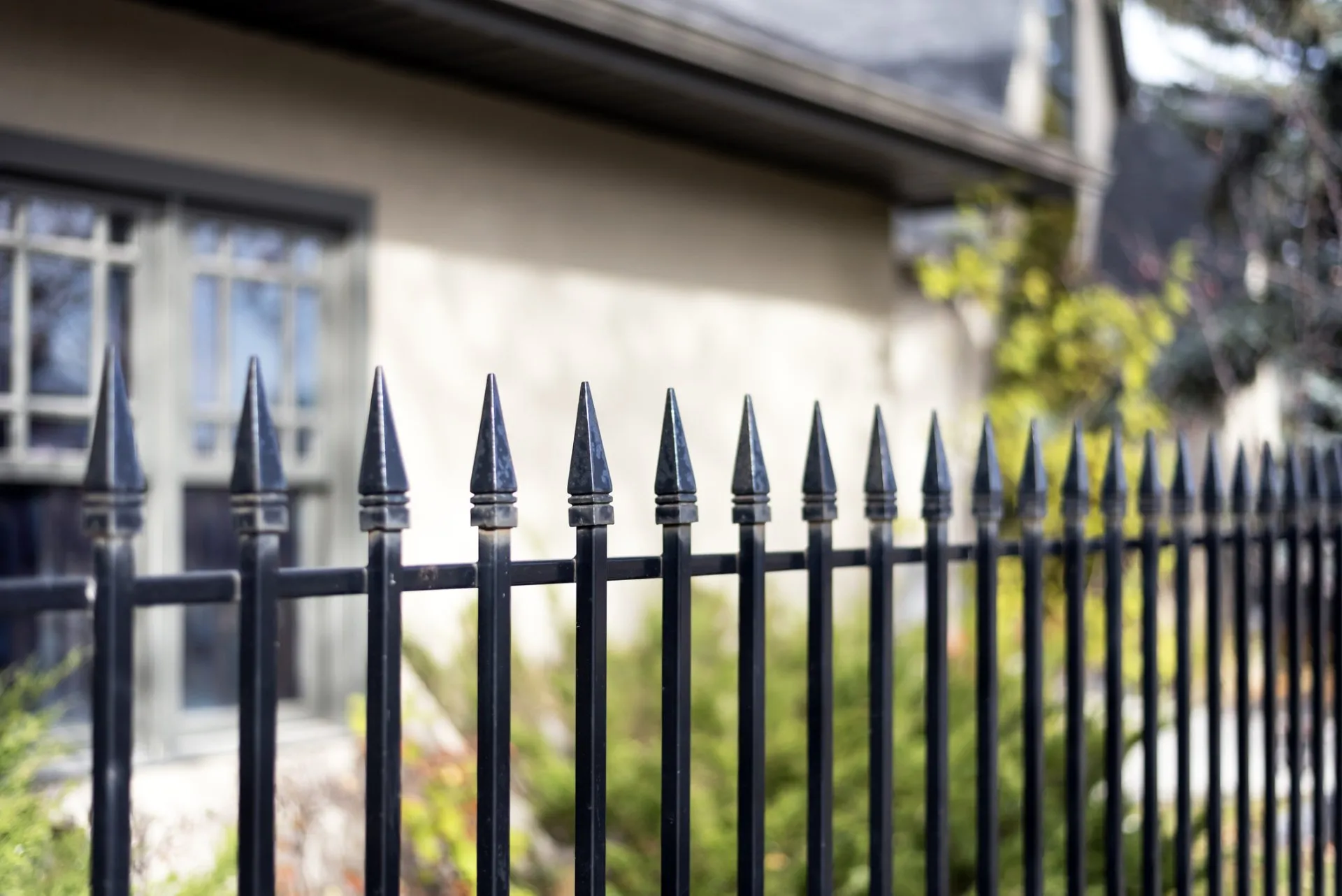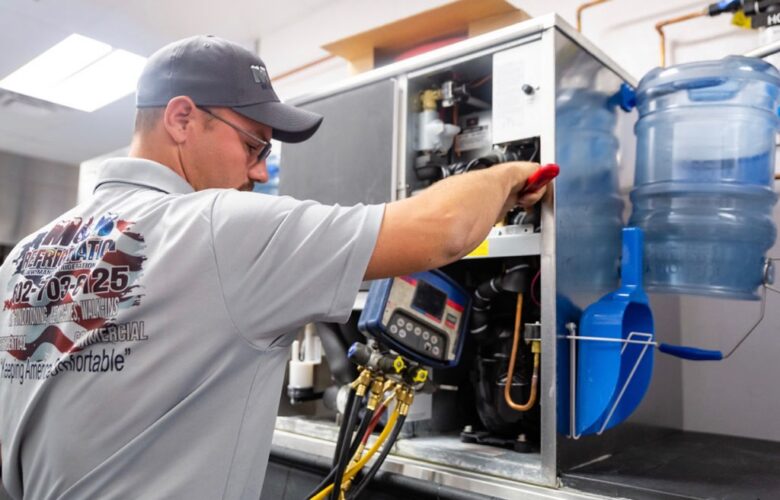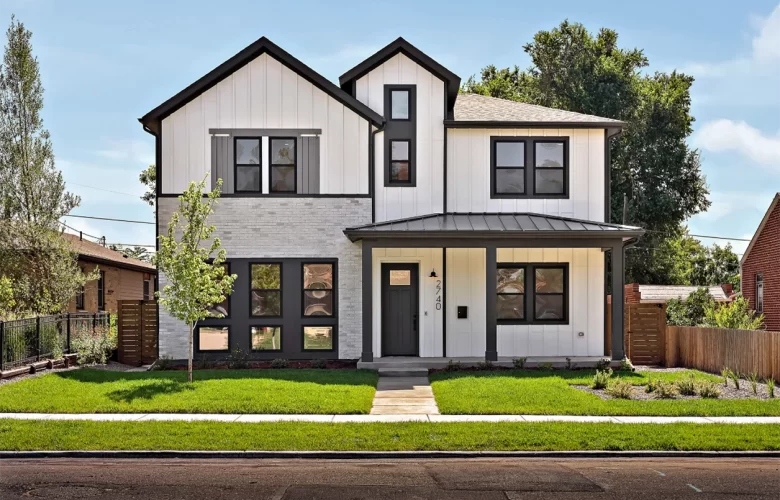Wrought iron fences are preferred by most property owners to enclose their yards. The inherent resistance of fencing is one of these elements. Due to its durability and resilience to bending, strain, and denting, the owner is unconcerned about the 100-year fence needing repairs anytime soon.
Accidents are still possible despite how resilient the system is. Your wrought iron fence will surely develop dents and rust over time. If this happens to you, be sure the fence installation firm has the resources to do the required repairs in a timely way. You may wish to find out more about the kind and extent of potential injury. We will go into more detail about this subject and go through the background of the wrought iron fence in the following paragraphs.
The Beginnings Of Wrought Iron Fencing
The first wrought iron fence was made possible by the development of blast furnaces in the fourteenth century. These railings were really straightforward. The rails were employed to increase security in the enclosed stairwell or corridor. These early architectural forms also include church architecture and adornment. Wrought iron remained popular far into the late nineteenth century, even after steel had been around for a while. It took more than 200 years to develop this method of operation. Until the latter half of the 18th century, when new manufacturing techniques made them feasible, cast iron railings were seldom used.
The Adams brothers were crucial in its broad acceptance because they discovered how quickly and simply cast iron could be fashioned into conventional designs. They realized that metal could be quickly and easily shaped into typical shapes. Cast iron was seldom used by homeowners as an outside decorative element of their homes until about the year 1850. On low stone boundary walls, iron was often used to build railings, parapets, and balustrades. Certain middle-class residences also used it as a finishing touch on their porches, bay windows, and roofs. Cast iron was often used in the construction of Victorian gates, railings, panels, and the ornamental elements that such structures incorporated as their use increased during the Victorian era.
During the Victorian era, building homes that were outstanding in both size and design and in terms of their aesthetic appeal became the standard. Mosaic tile was often used to accentuate garden components like gates, fences, and paths in line with the aesthetic of this design. We did this so that we could brag about our success and fortune.
Cast iron and wrought iron are two different types of iron. Many British terraced homes, especially older ones, still include gates and railings from the Victorian period. These gates and railings were primarily constructed to increase safety and serve as a separation between private property and public routes.
Traditional ironwork is often constructed to represent the architectural design of the property on which it is utilized, whether it is used as ornamentation, fences, railings, or terrace gates. Whatever the ironwork’s intended purpose, this is true. The artisans of the “gracious age” who created the Victorian style took their time to build works of art that would last for many generations. Cast iron gates and railings with elaborate designs were thus quite popular at the time. Even the most opulent Victorian estates had access to catalogs stocked with mass-produced cast iron fences and gates by the late 1800s. These might be gates or walls.
Weather Conditions’ Effects
Even if your wrought iron fence was designed to resist all weather conditions, it might nevertheless sustain damage. The condition that presents the greatest risk to the fence’s aesthetic value happens all too often. Snow, ice, and other types of precipitation may all lead to corrosion on your fence. This might develop gradually. Another weather risk that might endanger the barrier’s safety is high wind speeds.
No matter how hard you try, there are certain things that you just cannot prevent from happening. By regularly inspecting your fence, especially after storms, and fixing any damage you see, you may halt the rusting process.
Destruction May Result From Corrosion
Like other metals, iron and other metal fences are particularly vulnerable to corrosion. For homeowners who have only ever had vinyl or wood fences on their homes, this is a regular cause of irritation. Issues with corrosion must be addressed and fixed as soon as feasible.
By routinely checking it for early indications of rust, you may be able to extend the period that your fence fulfills its original purpose. To get rid of any flaws that could be present in the object in question, use sandpaper and a wire brush. At least one or two coats of rust-resistant paint should be applied once the rust has been removed. Using a mask when painting or sanding may prevent you from breathing in possibly harmful particles.
Ask the company who erected your fence if they can send someone out to mend it if you see any large rust spots. If your fence has rust spots,
If the problems persist, you should speak with the installer to see if a repair team can be sent.
The Perils of Filling Your Fence
You must use considerable caution if you want to hang something or lean it against your fence. The gadget cannot be used to transmit a significant quantity of weight due to the way it is made. The weight that the fencepost must support may ultimately cause it to flex or possibly shatter. No wrought iron fence can be built to withstand larger weights over time, but this is particularly true when dealing with thinner wrought iron fence posts.
You shouldn’t make this choice unless you are positive that adding anything to your fence won’t make it much heavier than it already is. For instance, Christmas lights strung between fence posts could be better than enormous poinsettia wreaths. If you are concerned if your fence can securely sustain a certain amount of weight, speak with the qualified expert who erected it.
Inevitable Accidents
Installing high visibility lights or reflector sticks next to your fence may assist in lowering the possibility of a traffic accident happening there if your property is located on a busy road or a curve in the road. You should speak with your homeowner’s insurance provider to see if you will be responsible for the repairs if an automobile hits your fence and causes damage.
Your fence is quite likely to suffer serious damage if something large, like a tree limb or a car, crashes into it. Please get in touch with the business that erected the fence right once if you see anything that might endanger its integrity.
Conclusion
For the purpose of resolving any potential concerns, wrought iron fences need regular maintenance and observation. Given that you invested a sizable sum of money in it, you want to make sure that your fence lasts as long as possible in top condition.
Make sure you find out from the fence installation company what they advise doing to keep the fence in top shape. For advice on maintenance, if you’ve bought a house with a fence already there, get in touch with a dependable business like Butte Fence.
There are several design options for the wrought iron fence we provide. Please click here to find out more if you’re interested in making a purchase or have any queries.




